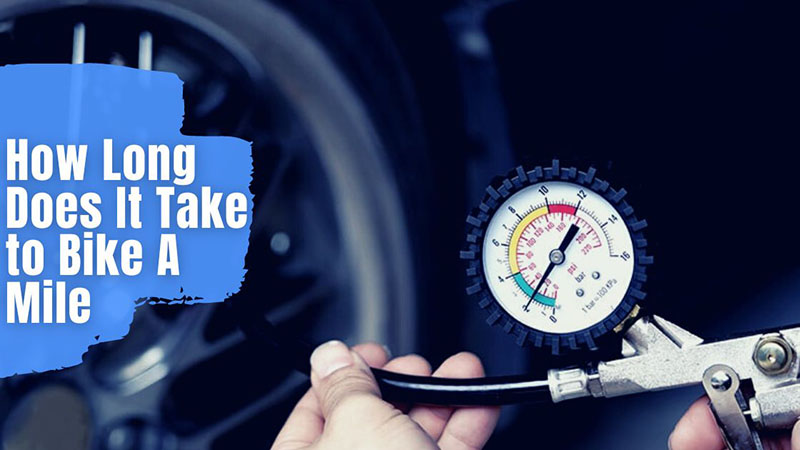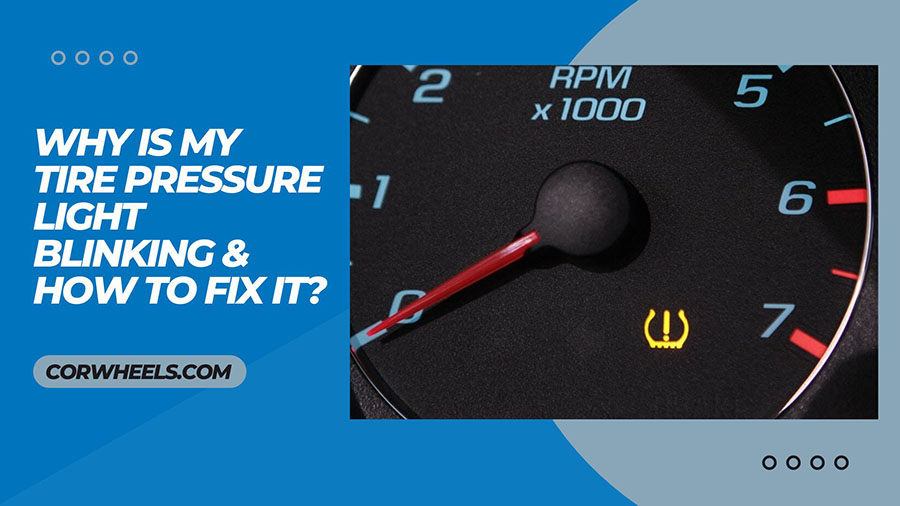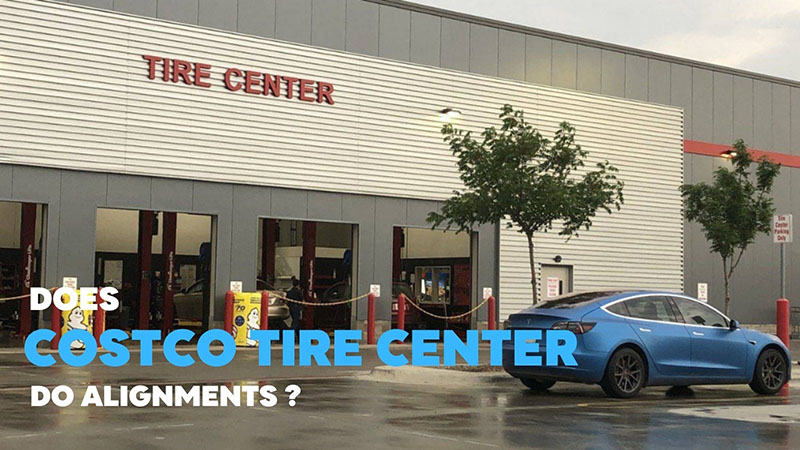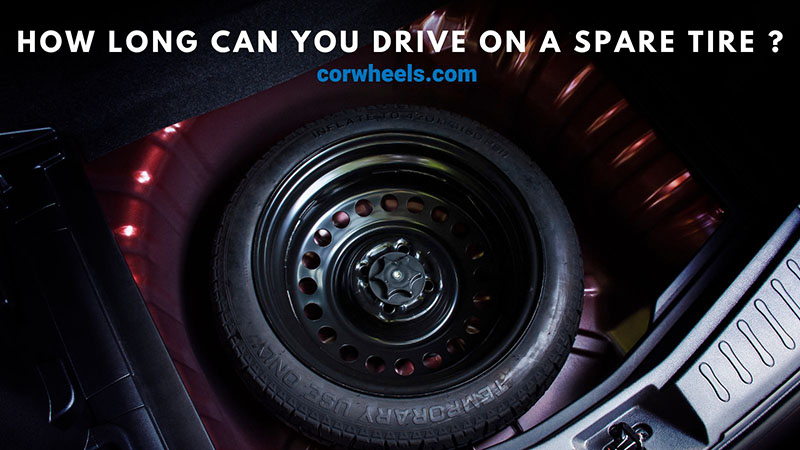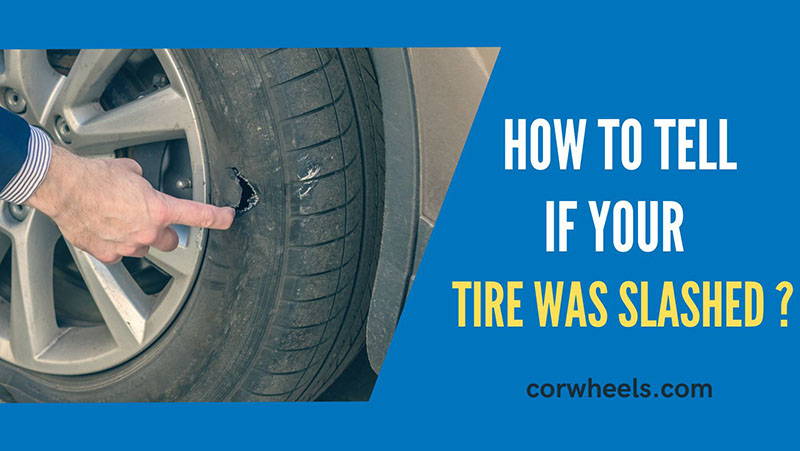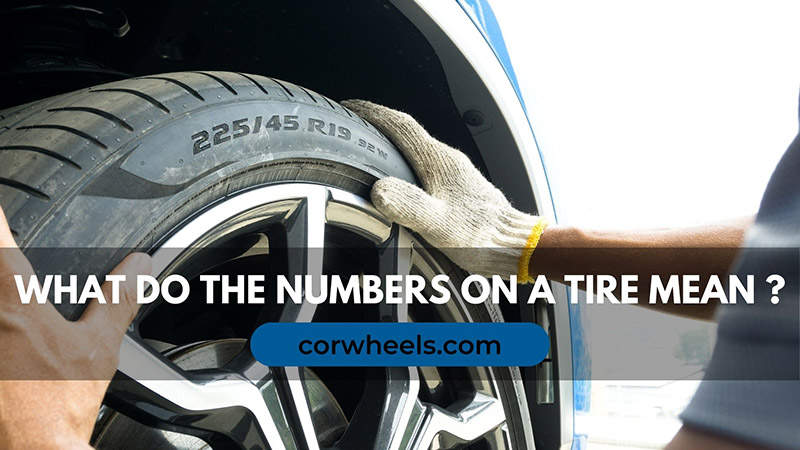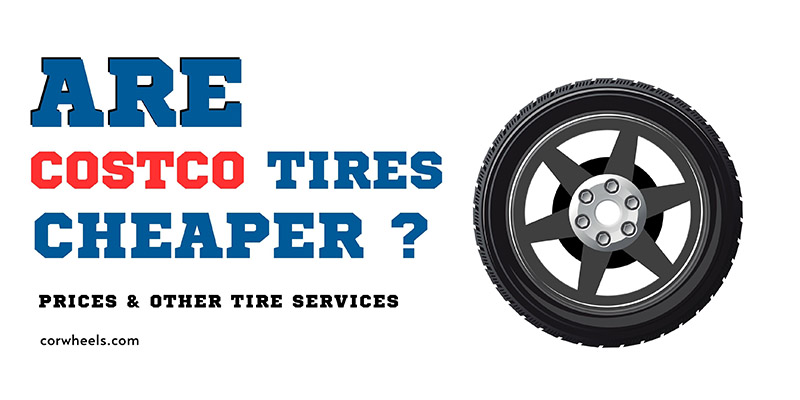As the weather warms up, paying attention to the air pressure in your current tires is a must. The summer heat can cause your tire pressure to fluctuate, impacting your vehicle’s handling and fuel economy. Let’s learn more about tire pressure in hot weather and how to maintain proper tire inflation throughout the summer.
In this article:
How Much Does Tire Pressure Increase When Hot?
You must first be aware of the vehicle manufacturer’s suggested PSI. Adjust according to the temperature measurements for your region after knowing that a 10-degree Fahrenheit increase results in a 1 PSI (pounds per square inch) rise.
For instance, the vehicle dealer recommends keeping the tire pressure at 34 PSI. You will inflate it to 34 PSI when it’s only 30 degrees F outside in January. But on one of those sweltering August days at 90 degrees F, expect to fill more air to reach 40 PSI (a 60-degree change equals 6 PSI).
Another thing to note is that even in the heat, never exceed 40 PSI for standard automobiles and 44 PSI for heavy-load trucks. Otherwise, a blowout is on the horizon. For more information, you can check your owner manual.
Difference Between Tire Pressure Cold Vs Hot
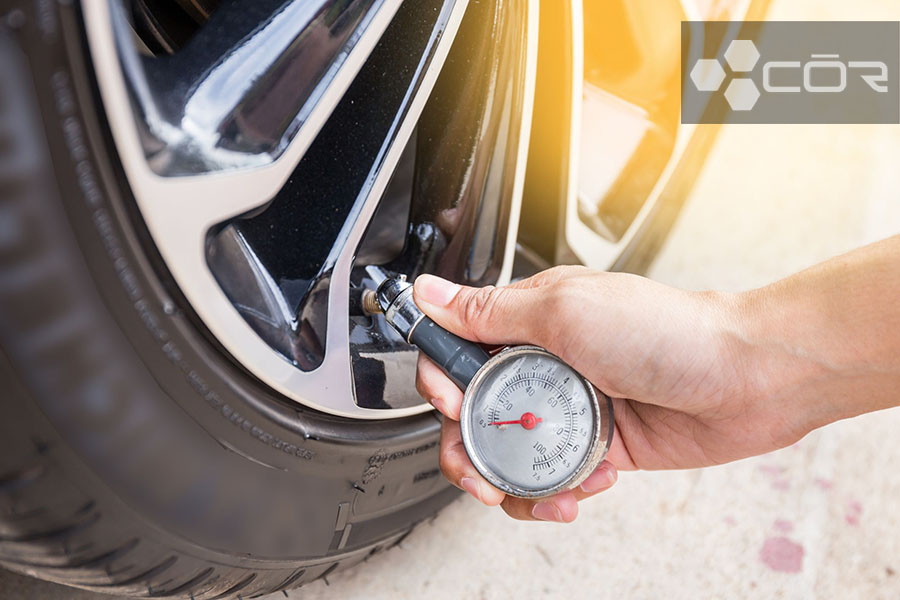
Tire pressure when it’s cold versus when it’s hot differs in various ways. Below are the main key points.
- Pressure: Under-inflation is possible with cold tire pressure, whereas over-inflation is possible with hot tire pressure. Winter temperatures cause tire pressure to drop because they force the air molecules to condense and flow slowly, resulting in a 4-6 PSI drop compared to hot temperatures.
- Accuracy: It’s crucial to take tire pressure readings while the tires are cold. This is because the expansion of air inside the tire can generate erroneous tire pressure measurements when the tire is hot.
How To Check Your Tire Pressure
You must be aware of the PSI suggested for your car before you start checking the pressure in tires.
Step 1: Get a tire pressure gauge. You can easily buy a digital gauge at a reasonable price at most auto parts stores or businesses with automotive departments.
Step 2: Locate your tires’ valves, which are little stems emerging from your tires.
Step 3: Remove the valve’s cap.
Step 4: Check the gauge to ensure the white stick is completely inserted into the covering.
Step 5: Put the valve through the opening on the gauge’s rounded side. As a result, the numbered white stick will push through the covering, revealing its numbers.
Step 6: Start reading the gauge at the lowest value. The tire pressure is the highest exposed number.
Step 7: Compare the reading to the recommended PSI. You must fill the tire with more air if the readout is lower. You must let the tire’s air out if the reading is higher.
Why Your Tires Can Blow Out In Extreme Hot Weather?
You might expect a tire blowout during the summer when temperatures soar. Here are the reasons why.
Hot Molecule
All materials are composed of molecules and atoms. As molecules are heated, they start vibrating erratically. The vibration results in the expansion. Due to the existence of molecules in the atmosphere, it seems understandable why air-filled tires would expand in the sweltering summer heat.
Friction
As you travel along the road, your car’s tires make contact with the asphalt. This generates a lot of heat and friction throughout the summer, making your tires even hotter and causing potential blowouts.
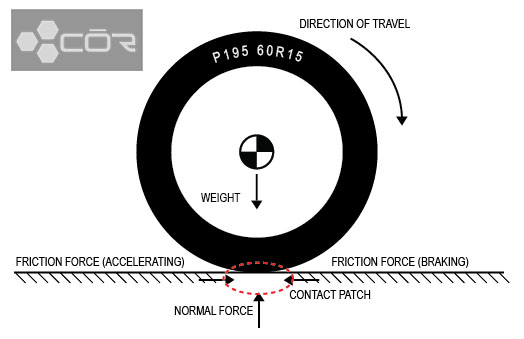
Rubber
In lengthy, twisted chains (polymers), rubber molecules are connected. Polymers do not expand but rather compress as they vibrate. Although tire rubber is designed to prevent polymers from coiling in on themselves, everything has a tipping point.
Similar to a rubber balloon, it will eventually burst if you keep pushing air into it. The same thing might happen to a tire when it’s hot outside.
Maintain Your Tires In The Heat Of Summer
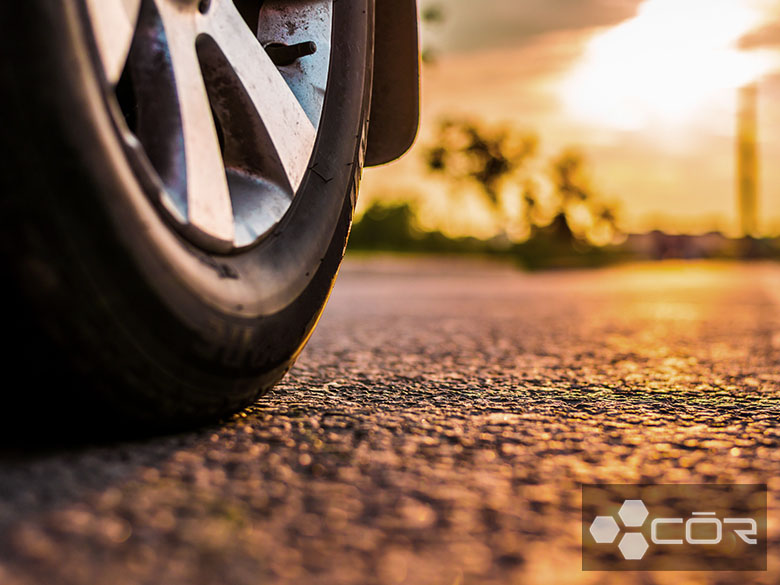
Although blowouts are common during hot seasons, there are still a few things you can do to prevent it from happening.
- Check your tire pressure regularly: In hot weather, over-inflated tires can lead to uneven wear and decreased traction, both of which can be dangerous.
- Check your tread depth: Proper tread depth is crucial for maintaining the tire’s traction on dry and wet roadways. Regularly check the tread depth and replace the tires if necessary.
- Inspect for damage: Heat can hasten tire deterioration, which raises the possibility of tire failure. Maintain regular tire inspections for cracks, punctures, and other issues.
- Park in the shade: This helps reduce the heat buildup and prevents overinflated tires. If you can’t find a spot, use a sunshade instead.
Frequently Asked Questions
Will My Tire Lose Pressure During Hot Season?
No. Tires don’t lose pressure in the heat. Yet, when it’s hot outside, the air molecules inside the tire are warmer, which causes them to travel more quickly and collide more frequently than usual. The tire pressure may increase in this case and reach an overinflated level.
Should Tire Pressure Be Higher Or Lower In Summer?
Tire pressure should be higher in the summer. Driving with flat tires increases the danger of tire failure or damage, poor handling, and decreased fuel efficiency.
Should I Reduce Tire Pressure In Hot Weather?
No. During the warmer season, you might need to boost tire pressure because the air inside the tire expands. Because it results in poor handling, longer stopping distances, and uneven tire wear, lowering inflation pressure is harmful.
The Bottom Line
Now you know the right PSI for tires in summer. Maintaining the proper tire pressure in the summer is crucial for maximum safety and performance.
Notice that even while checking and maintaining the ideal pressure may seem like a little effort, it may greatly impact how you drive and keep you and your passengers safe.

